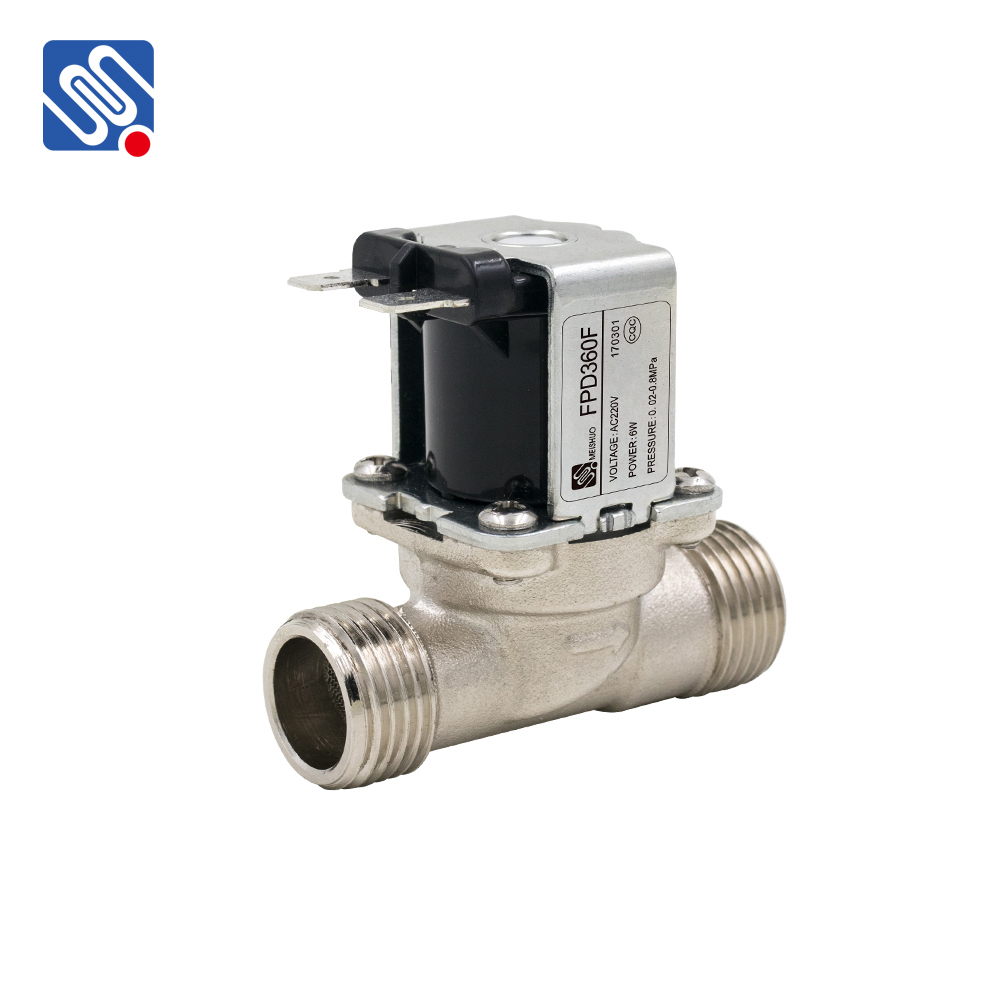A Direct Acting Solenoid Valve (DASV) is a type of electromagnetic valve widely used in various industries to control fluid flow in pipelines, machines, or process systems. This valve operates through a direct electromagnetic action, providing a fast and reliable method of fluid control. With its simple design and efficient operation, DASVs have found numerous applications, particularly in systems that require quick response times and space-saving solutions. In this article, we will explore the working principle, features, benefits, and applications of Direct Acting Solenoid Valves.

Working Principle of Direct Acting Solenoid Valve The Direct Acting Solenoid Valve operates by utilizing the electromagnetic force generated by a solenoid coil to control the movement of the valve’s internal parts. When an electrical current flows through the coil, it creates a magnetic field that pulls the valve’s plunger or armature, opening or closing the valve to allow or stop fluid flow. When the current is cut off, a spring mechanism returns the plunger to its default position, closing the valve and halting the flow of fluid. Unlike pilot-operated solenoid valves, which rely on additional pressure to assist in valve operation, a DASV uses the direct action of the solenoid to move the valve mechanism. This eliminates the need for external energy sources like compressed air or hydraulic pressure, making it ideal for certain low- to medium-pressure applications.